I am working on repairing a power supply board of a LCD TV (200W power), more specifically, the PFC section (active power factor correction). See schematic (adapted from here):
I've replaced some defective components and now the power supply seems to be working OK (the voltages at their output seem OK, and some waveforms measured on the oscilloscope look good).
I still have no confidence to connect the power supply with its output connected to the TV, so at the moment I'm doing bench tests. The PFC has 2 MOSFETS in parallel (see diagram), but I'm currently testing the power supply (no load at the output) with only one MOSFET on the board.
I am analyzing some waveforms triggered at the moment the PFC is turned on (it charges the capacitors CP815/816 from 300V to the target 380V, so it have some work to do).
What's bothering me is the current spikes in the SOURCE terminal of the QP801S MOSFET (measured through the voltage on the RP820 (0.08 ohm) with the oscilloscope, using a very short lead).
See the detail of a negative current spike (the greater that occurs):
My question: Is this negative current peak (shortly after MOSFET turn off) normal? Note that it reaches -67A (-5.36V over 0.08 ohm) with a duration of ~50ns. [EDIT 2: figure and paragraph edited to show the greater negative spike that occurs].
Note that the positive portion of the current (while MOSFET is ON) is a normal ramp, charging the inductor with up to 4.75 A (0.38V over 0.08 ohm)).
EDIT 1: probe setup used to get the measurements, with short wire connected to probe GND (Agilent N2862B, 1:10 passive probe):
EDIT 2: See the figure below for a longer time capture (the scope was set into Acquire=Peak Detect mode, to ensure that the peaks are captured. The scope's A/D converter works at the maximum rate in this way).
It is possible to observe that the amplitude of the negative peaks follow the waveform of the input voltage of the PFC (60 Hz mains rectified with full bridge => 120 Hz half wave, T = 8.3 ms). May be this provides some hint about these spikes.




